Elderberry, Red (Sambucus racemosa), packet of 50 seeds
$4.95
Family: Honeysuckle (Caprifoliaceae)
Hardy to Zones 3 to 9
Deciduous shrub to small tree native to North America and Eurasia. The plant can grow as tall as 25 feet, and a typical spread is about 12 feet. The yellowish-white flowers are highly aromatic (really the best smelling of all the elder species). Flowering is in late spring, and all other factors being equal, fruiting occurs before other elder species, usually in June. The berries are high in vitamin C and quite tasty, but the SEEDS have the highest toxicity of all the elder species, so either you have to spit the seeds, or juice the berries and throw out the seeds, or cook the berries, which helps detoxify the seeds (see my book Making Plant Medicine for the finer details of all this.) For all practical purposes, both for production of medicines and jams, it is best to use black or blue elderberries. The birds do very well with the red. Red elder makes a fast-growing shrub for landscape, shelterbelt or edible hedgerow. I rate this plant with very high marks for habitat diversification, as it is indeed a preferred foodstuff for many species of birds. Medicinally, this is not the species I would choose for treating the common cold (black elder would be better for that), but the leaves are very good for making salves. Fresh leaves may be covered with oil in a jar and left to infuse for a week or two, then filtered out, to make a fine green oil that is very soothing to sunburn and speeds healing, either by itself as and oil or further processed into salve. Typified by rapid growth, red elder prefers sun to part shade and moist, well drained, slightly acidic soils. Seed best planted outdoors or in an unheated greenhouse or shadehouse soon after ripening (summer) to fall for germination the following spring. Plant the seeds in moist, shady area–it is best to plant 1/2 inch deep in rich soil in flats or in gallon pots, as they take a long time to come up, and control is needed. If outdoor treatment is not possible, give 70 days warm, moist conditions (70 degrees F), then refrigerate for 90 days, then plant in greenhouse or outdoor conditions. If you soak the seeds before planting, do not be alarmed when the seeds float–floating elderberry seeds are viable! Outdoor conditions are preferred–do not try to grow indoors in a bright window–oscillating temperatures are required. Sow seeds in very rich and composty soil medium–do not use sterilized medium–alive soils stimulate germination and mycorrhizal associations may begin early on. Once germinated, the seedlings grow rapidly. Seedlings and adult trees are Nitrogen lovers–give chicken manure or copious amounts of compost for best results.
50 seeds per packet, Open-pollinated, untreated, NO GMO’s
In stock

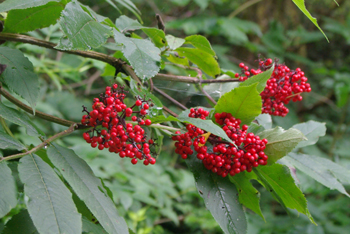
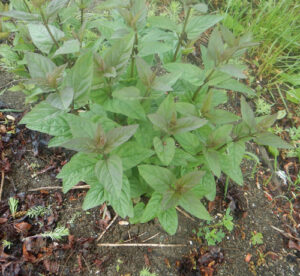
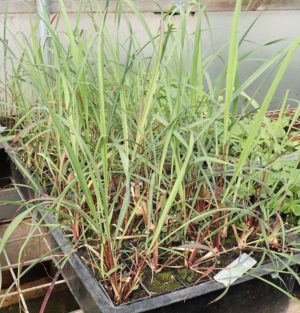
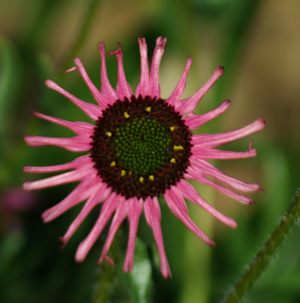
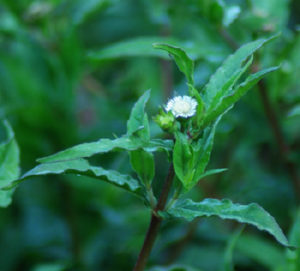
Question
Ian –
Can a red Elderberry cross with a blue or black and create hybrid seeds? Also what is the oil to leaf ratio. Very much appreciated!
Upvote if this was helpful (0) Downvote if this was not helpful (0) Watch Unwatch Flag for removal
Question
Darlene DAmore –
Do they need to be cold stratified?
Upvote if this was helpful (0) Downvote if this was not helpful (0) Watch Unwatch Flag for removal
Richo Cech –
hi darlene, thanks for wrinting. absolutely, if Sambucus is not cold stratified, the seeds just sit there. standard procedure is fall sowing (now) in outdoor conditions with germination in the spring. richo
Upvote if this was helpful (0) Downvote if this was not helpful (0) Flag for removal